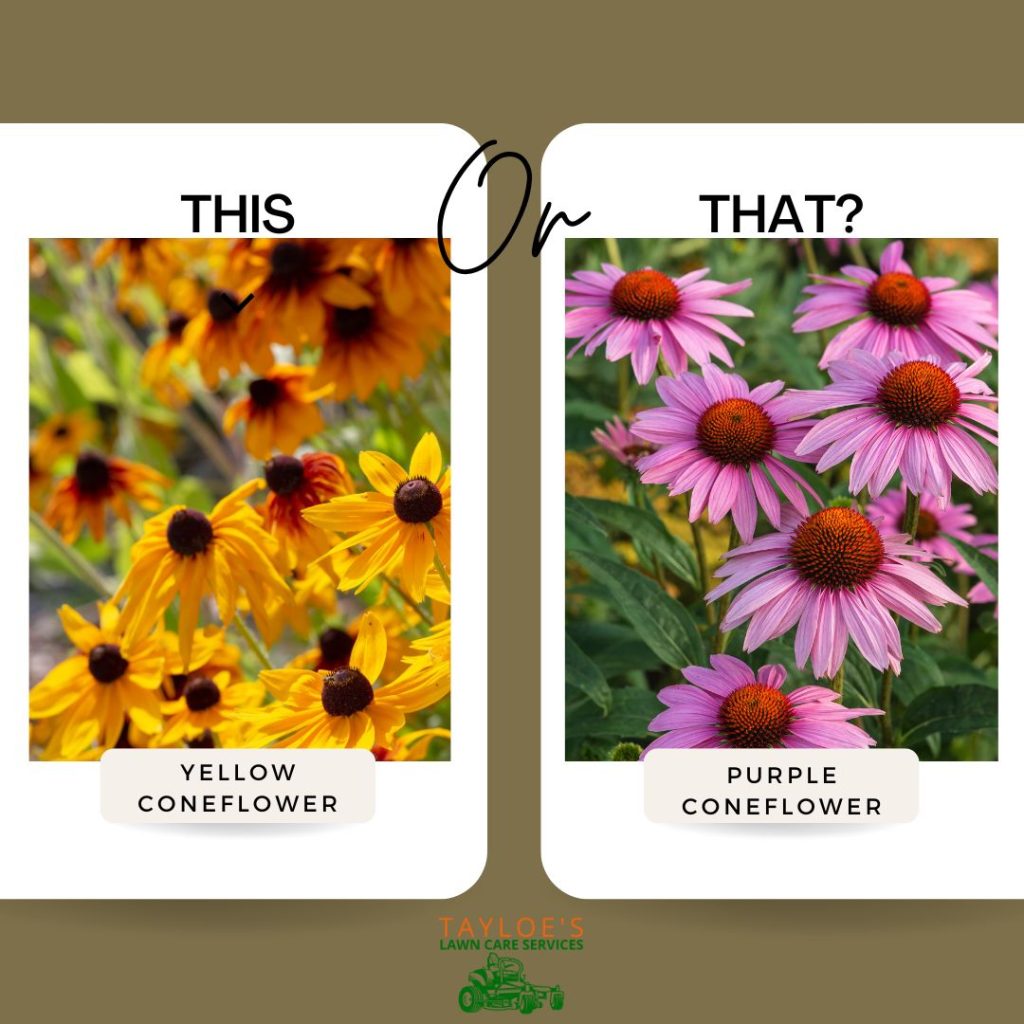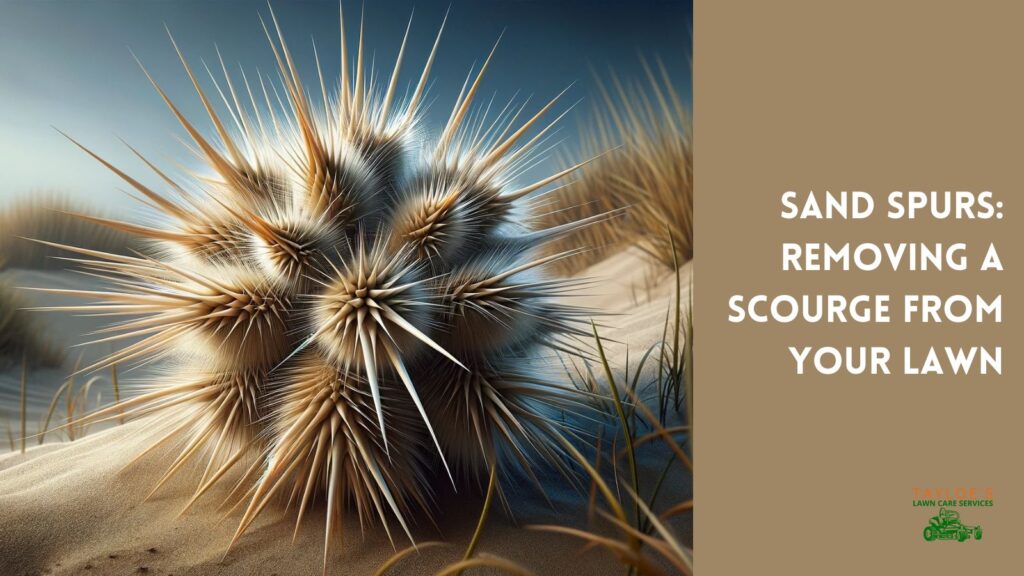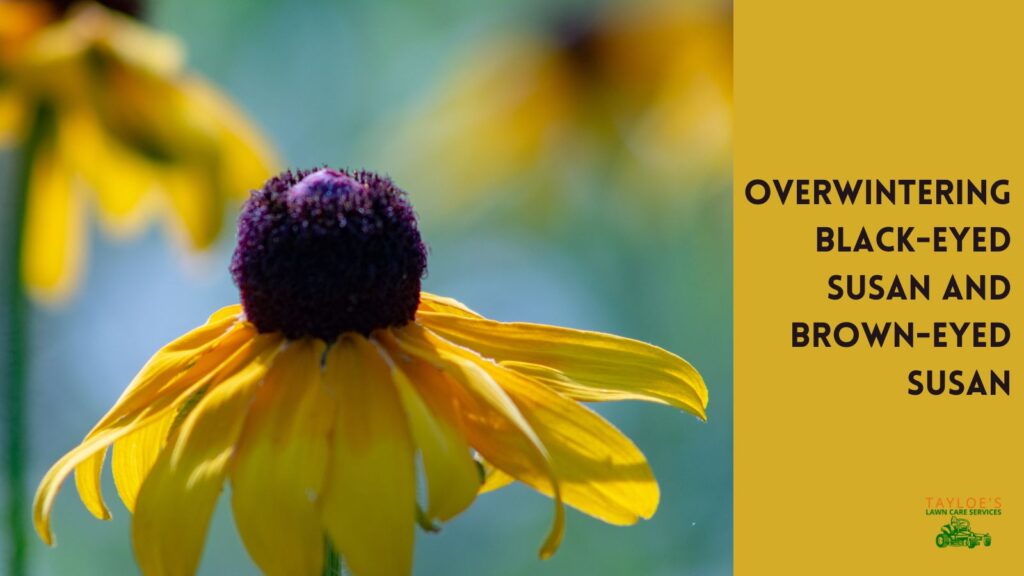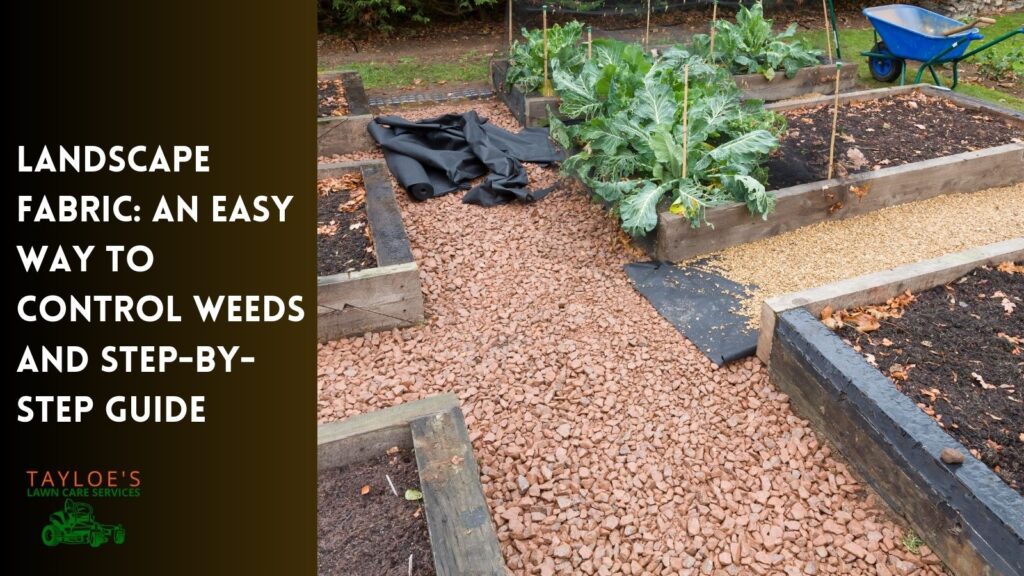Last Updated on: 27th January 2025, 07:10 am
Learn why coneflowers are a favorite of landscapers and homeowners alike.
To the avid observer, a garden is not merely a collection of plants but a symphony of life. Consider it a harmonious blend of nature’s colors, fragrances, and rhythms. Among the most enchanting performers in this symphony are coneflowers (Latin: Echinacea.) A North American native, the coneflower graces gardens with its bold blooms, drawing admiration from humans and the undying love of pollinators.
This content will equip you with comprehensive knowledge about the various species of Echinacea, their unique attributes, and their natural habitats.
Throughout this guide, expect a blend of rigorous research and practical advice. You’ll find detailed profiles on different coneflower species, step-by-step gardening tutorials, and information on the ecological significance of Echinacea.
Let this guide be your companion as you embark on a gardening journey, discovering the splendid coneflower. Whether planting your first seed or seeking to enrich an established garden, a treasure trove of knowledge awaits you.
An Overview of Coneflowers (Echinacea)
The coneflower’s unmistakable bloom might seem like a beautiful addition to a garden, a burst of color amid the green. However, behind this floral beauty lies a rich story of history, ecology, and botanical wonder. The Echinacea species is an intricate evolution, adaptation, and resilience dance. This overview digs deep into this marvelous genus’s heart to uncover its secrets.
Origins and Natural Habitat
Echinacea originates from the sprawling meadows and prairies of North America. For centuries, long before gardeners began cultivating them, these hardy plants thrived under the vast blue skies, weathering both scorching summers and biting winters. Their deep roots anchor them firmly to the ground and tap into the earth’s reserves. Thus, they can thrive even during droughts.
Botanical Characteristics
Echinacea plants are perennials, returning year after year to grace gardens with their beauty. Their leaves, typically lance-shaped and coarse-textured, form a bushy backdrop for the star of the show – the daisy-like flower. The coneflower bloom is a composite flower, meaning what appears as a single flower is, in fact, a cluster of tiny flowers. The central cone, a raised and often prickly dome, comprises numerous individual tubular florets. Radiating from this cone are the petals, which are, in reality, ray florets, each being a separate flower.
Petal colors range from iconic purples and pinks to yellows, whites, and even greens in specific cultivars. As the flower matures, the central cone can change in color and size, attracting a diverse range of pollinators.
Significance in the Ecosystem
Coneflowers are not solitary players. They’re deeply connected to their environment, playing a vital role in the ecological theatre. Their nectar-rich blooms are a siren song for pollinators—bees, butterflies, and birds. But it’s not just about nectar; the seeds produced by the coneflower are a vital food source for many bird species, particularly goldfinches.
Moreover, coneflowers prevent soil erosion by being drought-resistant, holding the land together even when other plants might wither away. Their presence in a habitat can indicate ecological health, showcasing a balanced environment where various species coexist and thrive.
Varieties and Species of Coneflowers
Echinacea, the botanical name for coneflowers, unfolds across various species, each a story of evolution and beauty. As we wade through the diverse spectrum, a consistent narrative emerges – one of resilience, adaptability, and nature’s unending artistry.
Here, we will unravel the details of each species, painting a vivid picture of what makes each Echinacea distinct yet unmistakably part of a grand family.
NOTE: We live and provide lawn care services in USDA planting zones 7b and 8a. Each cultivar we mention here will thrive. If you found this content from outside of the eastern region of North Carolina, call your agricultural extension agent for guidance.
Echinacea purpurea (Purple Coneflower)
Rising majestically to heights between 2 and 4 feet, the Purple Coneflower stands as a robust sentinel of gardens.
Its dark green, lanceolate leaves, stretching up to 8 inches, are coarse to the touch, carrying the memory of wild meadows from which they originated.
The slightly hairy stems, branched especially towards their zenith, cradle the large daisy-like flowers, spanning up to a generous 4 inches. These petals, a vibrant tapestry of pinkish-purple hues, arch gracefully downwards, forming a protective circle around the spiky, orange-brown cone.
This cone, a mosaic of hundreds of tiny tubular florets, houses deep golden stamens that stand out in contrast, a quiet testimony to nature’s attention to detail.
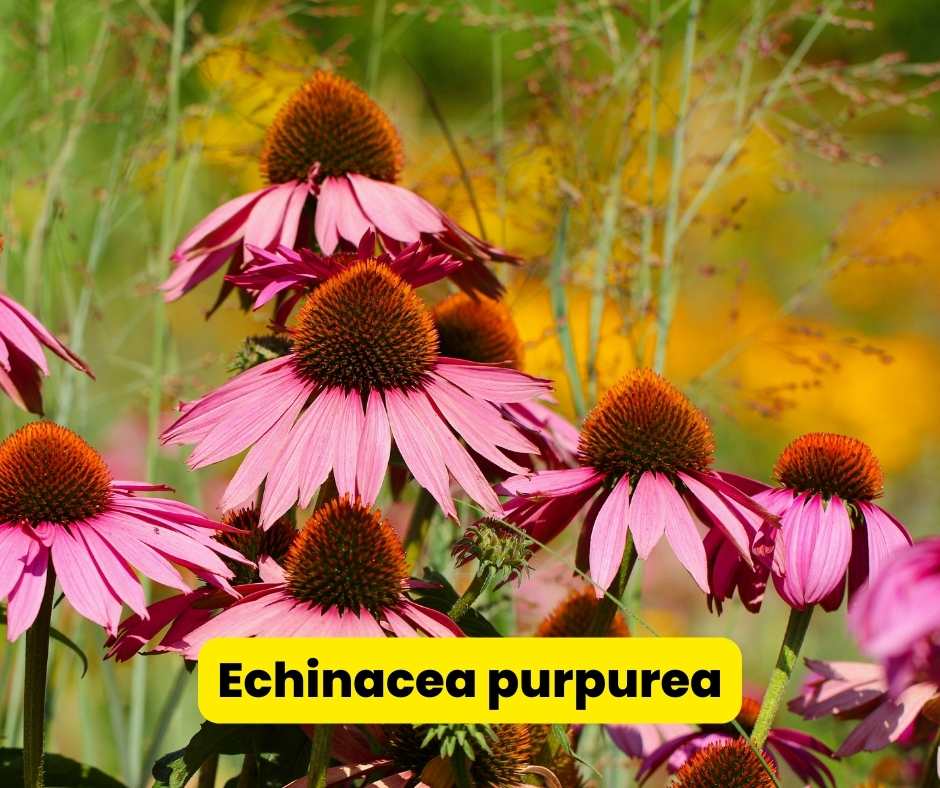
Echinacea angustifolia (Narrow-Leaf Coneflower)
A more subtle presence in the garden, the Narrow-Leaf Coneflower reaches up to heights of 2 feet.
Its signature slender leaves, reminiscent of delicate brush strokes, are smoother and frame the straight. The stems are mostly unbranched.
Atop these stems rest the blooms, slightly more modest at 3 inches across. The pale to deep purple ray florets extend confidently, sometimes curving gently back, revealing the tall, slender cone.
This burnt orange beacon in the center is a distinctive marker of the species, with deep yellow stamens peeking shyly between the florets.
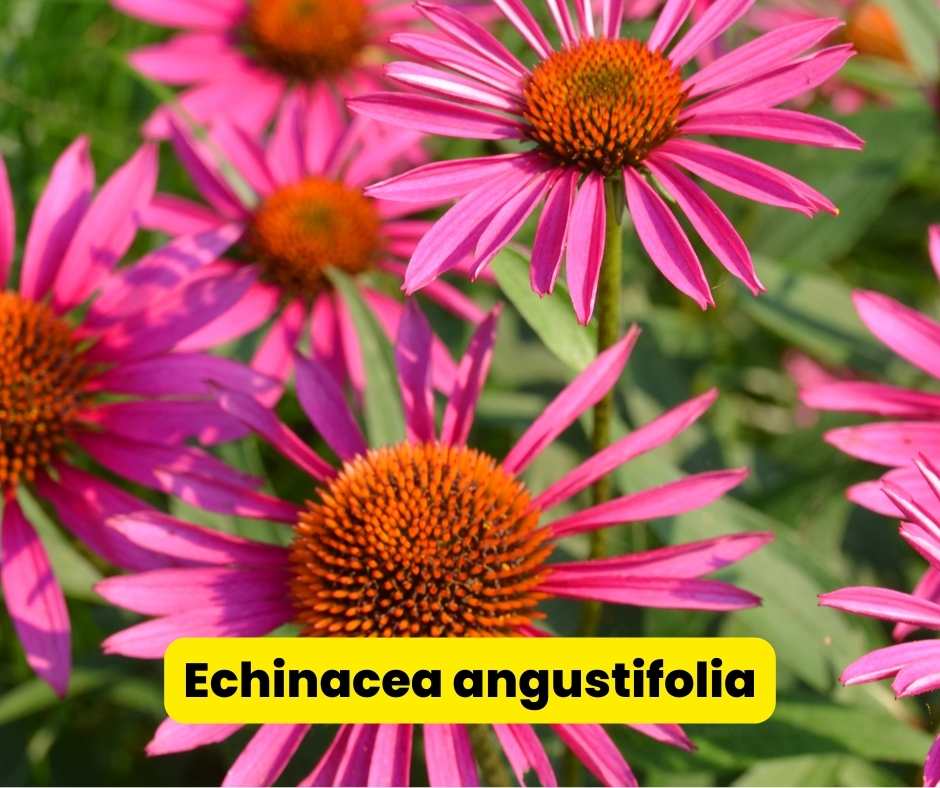
Echinacea pallida (Pale Purple Coneflower)
The Pale Purple Coneflower is an ethereal beauty that grows between 2 to 3 feet.
The long, slender leaves softly cradle the grayish-hued stems. Upon these stems, one finds the daisy-like flowers, their 3-inch span characterized by dramatic, downward drooping pale pink to almost white petals.
These petals, reminiscent of ballet skirts mid-twirl, surround the elongated soft bronze cone. Bright golden stamens emerge, creating a visual spectacle against the paleness of the petals.
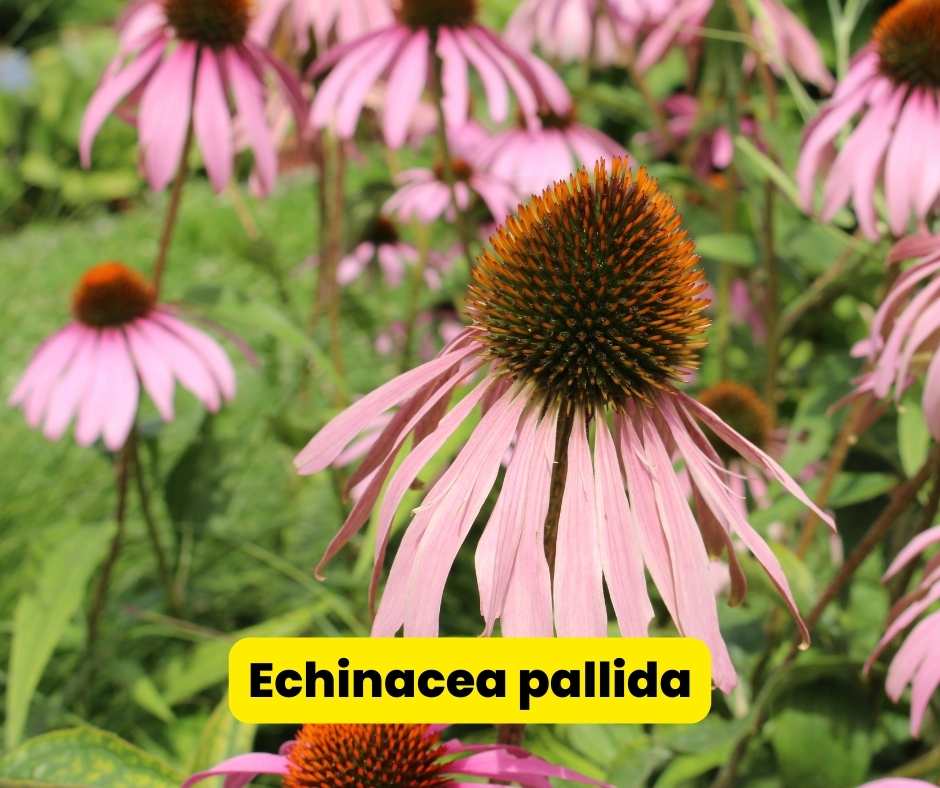
Echinacea paradoxa (Yellow Coneflower)
The Yellow Coneflower is a delightful surprise in the Echinacea family, mainly because of its color departure.
This cultivar reaches an average height of 2 to 3 feet. The species has lance-shaped leaves with slightly serrated at the edges. These leaves, a rich shade of green, offset the vividness of the flower heads.
The blooms unfurl atop the erect, bristly stems, revealing a burst of sunshine-yellow petals that seem to dance around the central cone. This cone, a warmer shade of golden to chocolate brown, contains golden stamens, creating a harmonious play of yellows and browns. It is reminiscent of a sunny meadow.
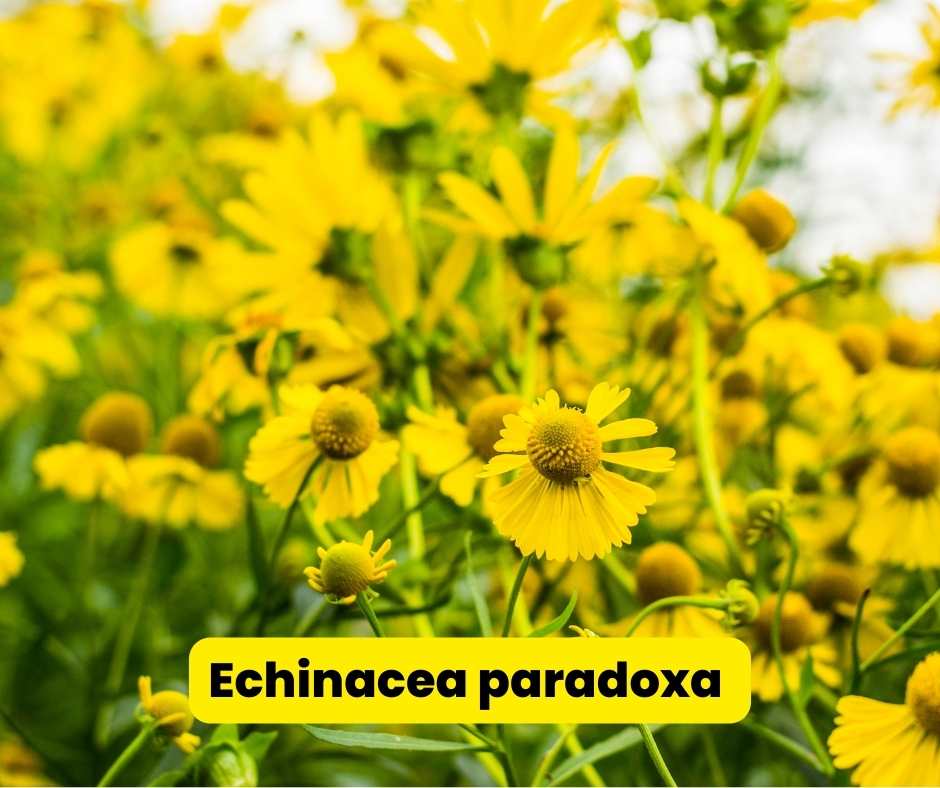
Echinacea laevigata (Smooth Coneflower)
With a name hinting at its smooth leaves, the Smooth Coneflower grows in the wild, often in rocky woodlands and barren areas.
It has a taller presence and can reach heights up to 3 feet. The predominantly basal leaves are lance-shaped and smooth-edged, lending the plant its name.
The slim stems bear delicate pink flowers, with ray florets stretching straight in an almost star-like pattern. The central cone, a standout feature, is tall and slender, ascending to a pale brown hue. That is complemented by the light golden stamens that emerge from within, presenting a balanced blend of subtlety and brilliance.
Each of these types, with their distinct characteristics and unique tales of evolution, contributes to the fascinating narrative of the Echinacea genus. They enrich the tapestry of gardens and wild landscapes through vibrant hues, rare growth patterns, or their places in specific ecosystems.
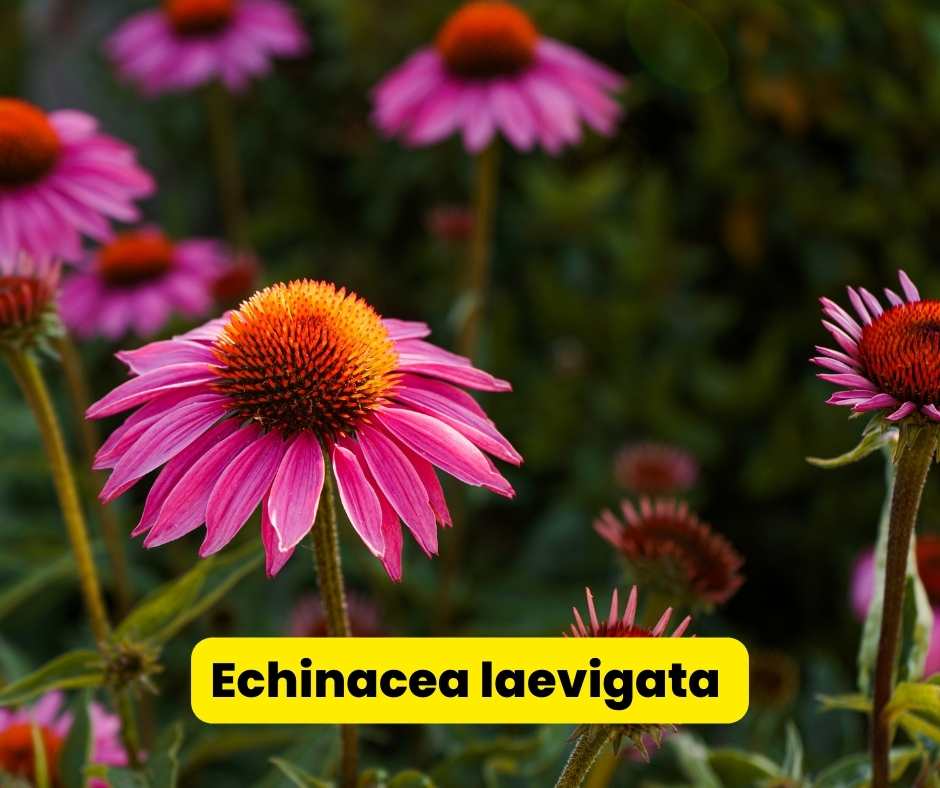
Cultivation and Care of Coneflowers
Gardening, at its heart, is a blend of science and art. It’s the understanding of the biology of plants and tuning into their unspoken needs. Coneflowers, with their hardy disposition and native roots, are relatively easy to grow, but a deeper dive into their cultivation nuances ensures thriving, vibrant blooms year after year.
Soil Preferences of Coneflowers
Echinaceas are tolerant of various soil types. But they truly thrive in well-draining soil. It’s essential to avoid areas where water stands after rain, as their roots can rot in soggy conditions. Ideally, loamy or sandy loam soil with a neutral pH is their happy place. If your garden soil is mainly clayey, consider amending it with some organic matter or compost to enhance its drainage capabilities.
Sunlight and Positioning
Sun-lovers at heart, coneflowers bask in full sunlight. They require at least 6-8 hours of direct sun daily. If you’re in an area with particularly scorching summers, a location that provides afternoon shade might help prevent any potential sun-scorch to the leaves. When planting, ensure adequate space between each plant (typically 1.5 to 2 feet apart) to ensure good air circulation, lowering the risk of fungal diseases. (Keep reading for more comprehensive planting instructions for the coneflower).
Watering Needs of Coneflowers
While established coneflowers are drought-tolerant, consistent watering during their first growing season is crucial. That helps the plants develop a deep, extensive root system. Once established, they can handle brief periods of drought. However, it’s important not to overwater, as too much can lead to root rot. A deep soak once a week, ensuring water reaches the deeper roots, is usually sufficient during dry periods.
Fertilization and Feeding
Coneflowers aren’t heavy feeders. In fact, overly fertile soil can lead to leggy growth and fewer blooms. If your soil is inferior, an annual addition of compost or a slow-release, balanced fertilizer at the beginning of the growing season can give them a gentle boost. Always remember, it’s better to under-feed than over-feed.
Pruning and Deadheading Your Coneflowers
Regular deadheading, or the removal of spent flowers, can encourage a more extended bloom period and prevent self-seeding, making the garden look untidy. However, if you enjoy seeing birds feeding on the seeds during winter, leave some spent blooms in place. In early spring, before the new growth emerges, cut back the previous year’s stems to about 4-6 inches from the ground.
Propagation of Coneflower Plants
You can propagate coneflowers through seeds, division, or basal cuttings. While seeds are a popular choice, it’s essential to note that hybrids might not come true to the parent plant. Dividing mature plants every 3-4 years not only aids propagation but also rejuvenates the plant, ensuring vigorous growth.
Cultivating coneflowers is a rewarding endeavor. Their minimal requirements and maximum rewards of gardening.
Planting Coneflowers: A Step-by-Step Guide
The correct planting technique sets the stage for your coneflowers’ healthy growth and longevity. Whether introducing them to your garden via seeds, young plants, or established divisions, following a tried-and-true method can make all the difference.
1. Choosing the Right Time to Plant Coneflowers
- Seeds: If starting from seeds, begin indoors 8-10 weeks before the last expected frost. For direct sowing outdoors, wait until the danger of frost passes and the soil warms.
- Plants & Divisions: Early spring and early fall are the best times to plant young coneflower plants or divisions, as the milder temperatures help them establish roots without the stress of extreme heat.
2. Preparing the Soil
- Loosen up the Soil: Use a garden fork or shovel, turn over and loosen the soil to a depth of about 12 inches. This process aids in root penetration and drainage.
- Amend if Necessary: If your soil is too clayey or sandy, consider mixing in some organic compost to improve its structure and fertility.
3. Digging the Hole
- Size Matters: For young plants and divisions, dig a hole twice the width as the root ball and equally as deep.
- For Seeds: Create shallow trenches or depressions, following the seed packet’s recommended spacing.
4. Planting Process
- Young Plants & Divisions: Remove the plant from its container, gently teasing out the roots if they’re circling the root ball. Please place it in the hole so the top of the root ball is level with the soil surface. Backfill with soil, pressing gently around the base to eliminate air pockets.
- Seeds: Sprinkle seeds into the trenches or depressions, lightly covering them with soil. Maintain consistent moisture until germination.
5. Watering
- Initial Soak: After planting, water thoroughly to settle the soil around the roots or seeds. This step helps in establishing good soil-to-root contact.
- Consistency: For the first few weeks, keep the soil moist but not soggy. As plants establish, you can reduce the frequency, transitioning to the deeper, less frequent watering that mature coneflowers prefer.
6. Mulching the Coneflowers
- Protection & Moisture Retention: Apply a 2-3 inch layer of organic mulch to surround the base of the plants, avoiding direct contact with the stems. This protective layer conserves moisture, suppresses weeds, and regulates soil temperature.
With a thoughtful approach to planting, your coneflowers will be off to a robust start, promising seasons of beauty and ecological benefits. Remember, patience is a gardener’s ally. While the initial effort might seem detailed, the rewards of vibrant blooms and buzzing pollinators will make it worthwhile.
When to Expect Coneflowers to Bloom
The anticipation of seeing those first Echinacea blooms is exciting for every gardener. Knowing when these beauties will unfurl their petals aids in planning and pairing with other plants to ensure an ever-evolving display of color throughout the growing season.
- Initiation Phase (early season): Coneflowers’ bloom cycle begins with the lengthening days of spring. As daylight increases, these plants sense the environmental cue and initiate the development of flower buds. This process is largely invisible to us, happening at a cellular level within the plant. Still, it’s a crucial process for the blossoms to come.
- Main Blooming Period: The prime blooming period for most coneflowers is mid-summer, typically starting in June and extending through August. By this time, the daylight peaks and warm temperatures assist the blooming process. Some may start earlier in late spring. That depends on the specific variety and local climate conditions. However, others may delay their debut until the heart of summer.
- Successive Blooming: Coneflowers can produce successive blooms, extending the flowering period with proper care, especially deadheading. The later blooms might not be as profuse as the initial burst in mid-summer. But they add pops of color and interest into the early autumn months.
Factors Influencing Bloom Time for Coneflowers
Several factors can influence the exact timing and duration of coneflower blooms:
- Variety: Different species and hybrids have varied bloom periods. For instance, while Echinacea purpurea is known for its mid-summer blossoms, other species might have slightly shifted timelines.
- Plant Age: Younger plants, especially those freshly transplanted, might bloom later in their first year when establishing their root systems.
- Local Growing Conditions: Cooler regions might experience a delay in bloom time compared to warmer areas.
- Soil Fertility: Overly fertile soil can sometimes delay blooms, as the plant directs its energy towards vegetative growth instead.
Planning for Continuous Blooms Year After Year
Consider planting coneflowers alongside other perennials with staggered bloom times for a continuous color garden. As the coneflower’s prime bloom starts to wane, others can take the baton, ensuring your garden remains a dynamic canvas of hues and forms.
While the general window for coneflower blooms is mid-summer, the exact timing can be a dance between genetics and environment. By understanding and anticipating this rhythm, gardeners can curate a space that celebrates the cyclic beauty of nature, with coneflowers playing a starring role in the summer act.
Benefits of Including Coneflowers in Your Landscape Plan
Why do so many professional landscapers and lawn care services recommend including Echinacea? Here’s a look at its ecological benefits.

Soil Conservation and Enhancement
Often overlooked, soil forms the foundation upon which gardens and landscapes thrive. Its quality and health have ripple effects on every plant that calls it home. Among the many plants, coneflowers, with their robust and extensive root system, play a distinctive role in the upkeep and enhancement of this indispensable garden asset.
Here are a few things to know:
- Erosion Prevention: One of the most pressing challenges many gardeners and landowners face is soil erosion. Whether it’s the result of torrential downpours washing the topsoil away or strong winds displacing the invaluable upper layers, erosion can deprive the ground of its nutrient-rich components.
- Deep-Rooted Solution: Coneflowers possess deep and wide-reaching roots that act as natural anchors. These roots intertwine with the soil particles, holding them together and stabilizing against external forces.
- Terrain Versatility: Whether it’s a flat garden bed or a sloping landscape, coneflowers adapt and grow, offering their soil-anchoring benefits. For areas especially prone to erosion, like hillsides or riverbanks, planting coneflowers can serve as a natural reinforcement measure, reducing the vulnerability of these terrains to washouts.
- Soil Structure Improvement: Soil structure refers to how soil particles (sand, silt, and clay) bind together, creating pores and spaces for air, water, and roots. A well-structured soil is crumbly to the touch and drains well. But it still retains the necessary moisture plants crave.
- Root Dynamics: As coneflowers grow, their roots spread out and dive deep, creating channels in the soil. These channels allow for better root penetration and improved aeration. Additionally, they ensure that the soil isn’t overly compacted.
- Organic Matter Addition: As roots naturally shed or the plant undergoes its lifecycle, decaying organic matter from the coneflower seeps into the soil. This organic matter enriches the soil, increasing its nutrient and water-holding capacity.
- Enhanced Microbial Activity: The organic matter from decaying roots serves as food for beneficial microbes in the soil. A higher microbial activity improves soil fertility, facilitating better plant nutrient absorption.
Drought Resistance and Water Conservation
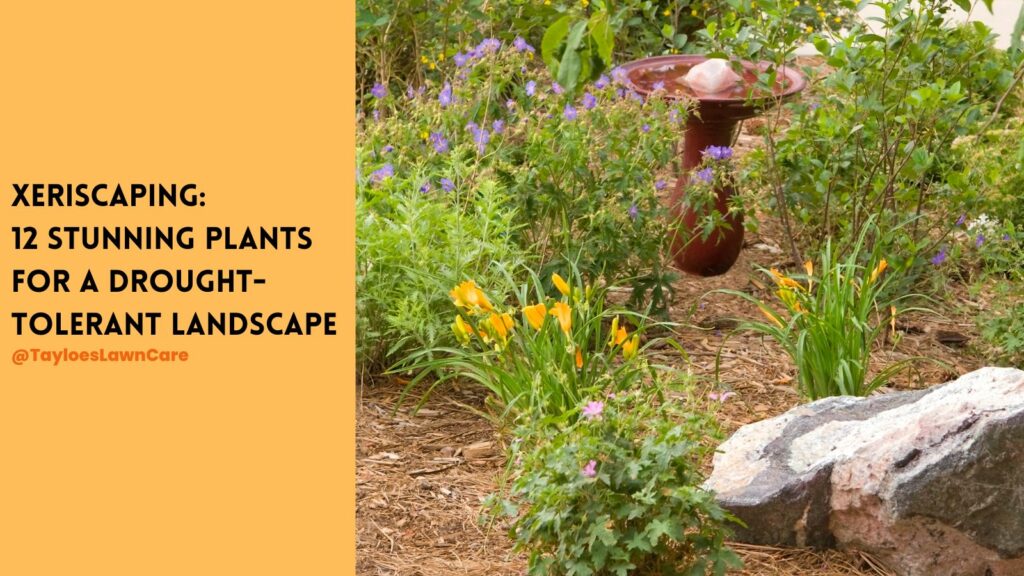
Gardens, while sanctuaries of beauty and biodiversity, can also be significant water consumers. Yet, with informed choices, gardens can be both lush and water-efficient. Coneflowers are a compelling choice for gardeners who want to reduce water use.
- Hardy Nature: Coneflowers, hailing from the North American prairies, are no strangers to fluctuating water availability. Millennia of evolution in these habitats have equipped them with features to withstand dry spells.
- Deep Root Systems: One of the primary reasons for the drought tolerance of coneflowers is their deep roots. These roots access moisture reserves deep within the soil, allowing the plant to sustain itself when surface moisture is scant.
- Water-Efficient Physiology: Coneflowers can minimize water loss through a series of physiological adaptations. Their leaves, for instance, are structured to reduce excessive transpiration, ensuring wise usage of every drop of water.
- Low Maintenance Hydration: For gardeners, this hardy nature translates to less frequent watering sessions. Once coneflowers are well-established, they can often thrive on natural rainfall, even in relatively dry regions.
- Xeriscaping Champion: Xeriscaping is more than just a buzzword; it’s a holistic approach to gardening that prioritizes water conservation without compromising beauty.
Incorporating coneflowers into garden designs is a nod to their inherent beauty and water-conserving prowess.
Supporting Biodiversity
Every plant plays a critical role in the balance of ecosystems, no matter how small. Gardens are localized pockets of nature, thus having the potential to significantly influence local biodiversity. A garden boasting a generous spread of coneflowers becomes more than just a spectacle of colors; it becomes a dynamic hub of life.
Coneflowers Are a Hub for Pollinators
The intricate relationship between plants and pollinators is a testament to the wonders of co-evolution. And in this intricate web, coneflowers can play a vital role.
- Nectar and Pollen Galore: Coneflowers’ vibrant blooms are not just for show. They contain nectar and pollen, the primary food source for many pollinators. The bounty ensures that visitors like bees, butterflies, and even hummingbirds keep returning.
- Breeding Grounds: Some pollinators use coneflowers as breeding grounds. For instance, certain butterflies lay their eggs on the plants, knowing that the emerging caterpillars will have an immediate food source.
- A Chain Reaction: The presence of these pollinators invariably attracts their predators, leading to a cascading effect on biodiversity. Birds, for example, visit gardens with coneflowers for the seeds and the rich pickings of caterpillars and other insects.
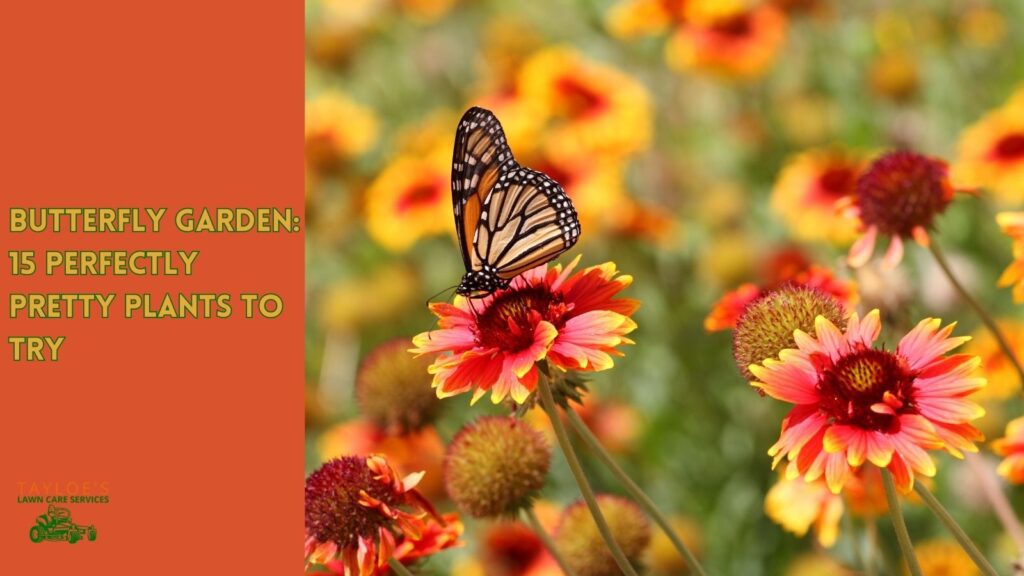
Habitat Creation
The role of coneflowers in supporting biodiversity extends beyond being a food source.
- Shelter from the Storm: The robust stems of mature coneflowers offer shelter to smaller creatures, especially during inclement weather. The dense growth can be a refuge for insects and even small mammals seeking to escape predators or the elements.
- Seed Providers: As the vibrant petals of coneflowers fade, they leave behind seed-packed cones. These seeds, rich in nutrients, become a crucial food source for birds, especially during colder months when other food sources are scarce.
- Microhabitats: The soil under and around coneflowers can be moist and rich in organic matter, making it a perfect habitat for beneficial insects, fungi, and even small reptiles.
Good Companion Plants for Coneflowers
When cultivating a cohesive garden space, companion planting becomes crucial. Pairing the right plants together can enhance visual appeal, promote better growth, and create a harmonious ecosystem. For the regions of 7b and 8a in eastern North Carolina, the humid climate and distinct seasons provide a rich tapestry upon which gardeners can paint.
Here’s a deeper dive into coneflower companions suited for this specific region:
Ornamental Grasses
- Switchgrass (Panicum virgatum): This native prairie grass thrives in zones 7b and 8a. Its tall, airy nature creates a backdrop that accentuates coneflowers, especially during late summer when switchgrass starts to flower.
- Muhly Grass (Muhlenbergia capillaris): Another native, this grass is known for its dramatic pink to purple inflorescences in the fall, creating a splendid contrast with coneflowers.
Late-Summer Bloomers
- Asters (Symphyotrichum spp.): Many aster species are native to North Carolina. Their daisy-like flowers, which come in purples, blues, and whites, are a delightful continuation of the color story started by coneflowers.
- Goldenrods (Solidago spp.): Native to North America, goldenrods add a splash of yellow in late summer to fall. Their rich yellow makes them perfect companions for purple coneflowers. Plus, they’re excellent for pollinators.
- Joe-Pye Weed (Eutrochium purpureum): With its tall stature and pinkish-purple flowers, this plant blooms from late summer into fall and can be a great companion for coneflowers, offering a different shape and hue.
Ground Covers
- Sedums (Sedum spp.): ‘Autumn Joy’ is a variety that thrives in the zones of eastern NC. Its late summer to fall pink blooms create a stunning ground-level contrast to coneflowers.
- Creeping Thyme (Thymus serpyllum): This aromatic herb offers a verdant carpet of tiny green leaves dotted with petite purple flowers in early summer. It’s drought-tolerant and can easily thrive in conditions suitable for coneflowers.
- Carolina Jasmine (Gelsemium sempervirens): Though technically a vine, when left unchecked, this native can provide ground cover. Its early spring yellow blooms can offer an intro to coneflower blossoms. They’re lovely against the greenery as the Echinacea grows over the summer.
- Lamb’s Ear (Stachys byzantina): Lamb’s ear is a sensory delight with its soft, silvery foliage. The contrast between the two plants can be a focal point placed beside the bright hues of coneflowers. Lamb’s ear not only provides a textural contrast. Additionally, its drought tolerance pairs well with the requirements of coneflowers.
Integrating coneflowers with these companions in a garden can result in a delightful play of colors, textures, and heights, fostering a vibrant pollinator habitat and an ever-changing visual treat for the gardener.
But don’t let our ideas stop you – let your imagination guide you when you envision your ideal garden.
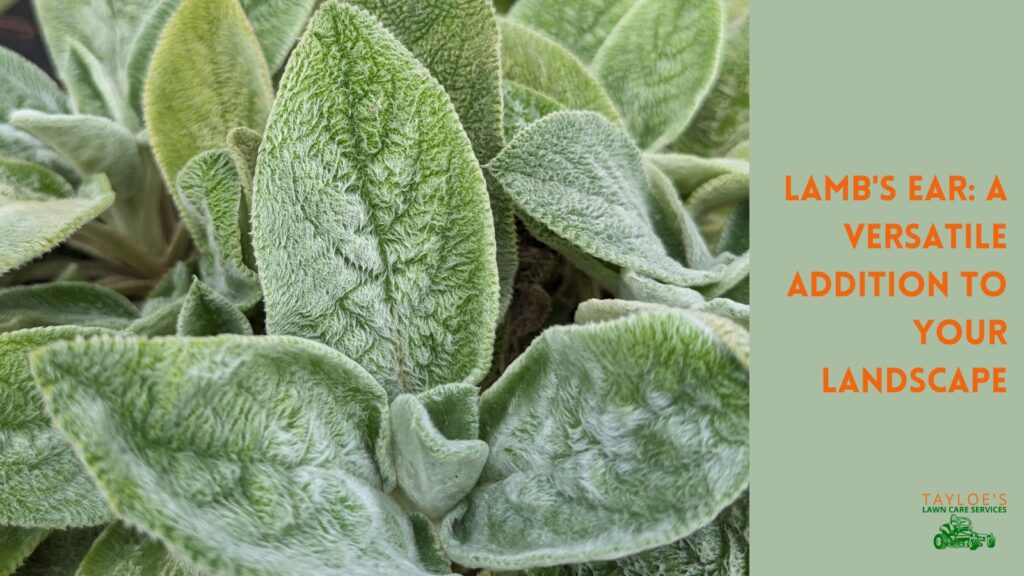
Troubleshooting Common Coneflower Problems
Even the hardiest plants, like coneflowers, can occasionally run into issues. Being prepared and knowing how to identify and address these problems is crucial for maintaining a healthy garden. This chapter dives into common coneflower challenges and offers solutions to ensure your plants continue flourishing.
Yellowing Leaves
Symptoms:
Older leaves begin to turn yellow.
Causes and Solutions:
- Watering Issues: Overwatering or poor drainage can cause yellowing. Ensure the soil is well-draining and adjust your watering routine.
- Nutrient Deficiency: A lack of necessary nutrients can occasionally lead to yellow leaves. Consider a balanced, slow-release fertilizer or amending the soil with compost.
Wilted or Drooping Blooms
Symptoms:
Flowers seem limp or wilted, even when the soil is moist.
Causes and Solutions:
- Excessive Sun: While coneflowers love the sun, intense afternoon heat in some areas might be too much. Consider providing light shade during peak heat hours or planting them where they’ll receive afternoon shade.
- Pest Damage: Check the stems and undersides of leaves for pests like aphids. If found, consider natural remedies or insecticidal soaps.
Spotted or Discolored Leaves
Symptoms:
Leaves display spots or a powdery white substance.
Causes and Solutions:
- Fungal Diseases: Powdery mildew or other fungal infections can be the culprit. Ensure proper spacing for good air circulation, avoid overhead watering, and consider fungicides if the problem persists.
Reduced Flowering
Symptoms:
The plant produces fewer blooms than expected.
Causes and Solutions:
- Excessive Nitrogen: Too much nitrogen can lead to lush foliage at the expense of flowers. Ensure you’re using a balanced fertilizer.
- Insufficient Sunlight: Ensure your coneflowers receive at least 6-8 hours of sunlight daily. If not, consider relocating them.
Coneflowers Not Returning After Winter
Symptoms:
Plants that thrived the previous year don’t make a reappearance after winter.
Causes and Solutions:
- Harsh Winter Conditions: Coneflowers might struggle with frigid winters, especially in zones at the edge of their hardiness. Consider mulching to protect the roots or choose more cold-resistant varieties.
- Waterlogged Soil: Ensure your garden beds provide adequate drainage to prevent root rot over winter.
Pest Invasion
Symptoms:
Visible insects on the plants or signs of their damage.
Causes and Solutions:
- Common Pests: Aphids, leaf miners, and occasionally beetles might visit. Encourage beneficial insects, use insecticidal soaps, or introduce natural predators.
Leggy Growth of Coneflowers
Symptoms:
The plants grow tall with sparse leaves and flowers, often appearing stretched out.
Causes and Solutions:
- Insufficient Sunlight: While coneflowers can tolerate some shade, too little sunlight can lead to leggy growth. Ensure they receive adequate sunlight, ideally 6-8 hours a day.
- Over-fertilization: Too much fertilizer can spur rapid, weak growth. Ensure you’re following recommended fertilizer amounts and schedules.
Root Rot
Symptoms:
Plant wilting or yellowing, with the base of the stem appearing dark or mushy.
Causes and Solutions:
- Excessive Moisture: Root rot is typically a result of saturated soils. Improve drainage in the area, reduce watering, and consider raised beds or soil amendments if the issue persists.
Coneflower Rosette Mite Damage
Symptoms:
Abnormal growth or deformity in the new shoots and flowers, often appearing as tightly clustered buds or rosettes.
Causes and Solutions:
- Mite Infestation: These microscopic pests can cause significant damage. Prune and destroy affected parts, increase plant spacing for better air circulation, and consider miticides if the problem is severe.
Rabbit and Deer Damage
Symptoms:
Bitten off stems and flowers, often with clean cuts.
Causes and Solutions:
- Wildlife: Coneflowers can sometimes be a favorite for hungry deer and rabbits. While they aren’t the top choice, these animals might take a nibble if food is scarce. Use fencing repellents, or consider planting known deer or rabbit-resistant plants nearby as a deterrent.
Understanding and anticipating these potential challenges can make your gardening journey smoother and more enjoyable. It also ensures that your coneflowers remain your garden’s vibrant and healthy centerpiece.
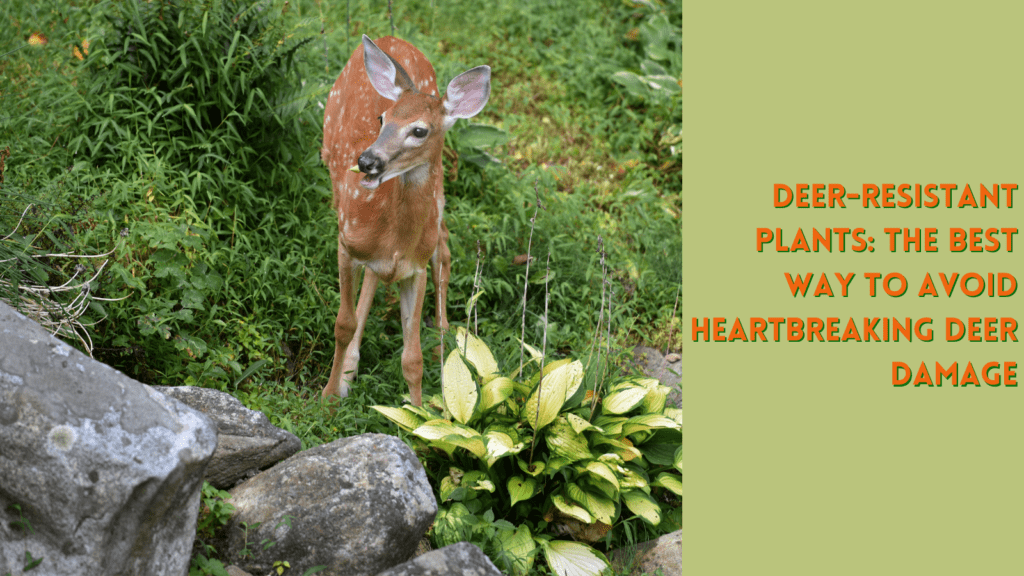
The Takeaway: The Coneflower Has Timeless Appeal
As our look at the lovely coneflower draws to a close, it’s evident why these native plants have earned such admiration from gardeners. Their vivid blooms, ecological benefits, and resilient nature make them a cherished addition to any garden.
From the vast array of species and cultivars to their role in fostering biodiversity, coneflowers are a testament to nature’s profound ability to inspire and heal.
For the home gardener, whether a beginner or seasoned veteran, the adaptable coneflower offers an opportunity to create a vibrant, wildlife-friendly oasis in diverse settings—from urban patios to sprawling meadows. Their low-maintenance nature and drought resistance make them especially relevant in our evolving world, where sustainable and eco-conscious choices are becoming increasingly essential.
Incorporating coneflowers into your landscape is not just a decision to beautify a space; it’s a commitment to fostering a healthier environment. As pollinators flutter around these blooms and birds perch atop their sturdy stems, it becomes clear that a garden with coneflowers is a microcosm of life, a small haven where nature flourishes.
We hope this guide has given you the knowledge and inspiration to integrate coneflowers into your gardening journey. If you love to read landscaping and gardening content, please follow Tayloe’s Lawn Care Services on Facebook – we post almost daily.
Author Profile

- Deborah Tayloe is the CEO and co-founder of Tayloe's Lawn Care Services, LLC. She has a B.S.Ed and holds certificates in soil and water management and herbology from accredited programs.
Latest entries
 Trees and ShrubsApril 22, 2025Boxwood Blight: Early identification and isolation
Trees and ShrubsApril 22, 2025Boxwood Blight: Early identification and isolation Flower GardenApril 8, 2025John F. Kennedy Rose: Hybrid tea rose with elegant white blooms
Flower GardenApril 8, 2025John F. Kennedy Rose: Hybrid tea rose with elegant white blooms Vegetable GardenMarch 24, 2025Trellis vegetables provide an abundant vertical garden harvest
Vegetable GardenMarch 24, 2025Trellis vegetables provide an abundant vertical garden harvest GardeningMarch 17, 2025Are coffee grounds good for compost?
GardeningMarch 17, 2025Are coffee grounds good for compost?

